On the second day of IDF 2016, Ren Muxin, president of Intel’s IoT business and system architecture division, and Intel’s executive vice president and general manager of the data center division, Bojan, explained to us the future of Intel’s eyes. In the context of the Internet of Everything, data production, transmission, exchange, storage, and processing each contain significant value, and behind every ring there are Intel's shadows.

Ren Muxin, President of Intel's Internet of Things Business and System Architecture Division
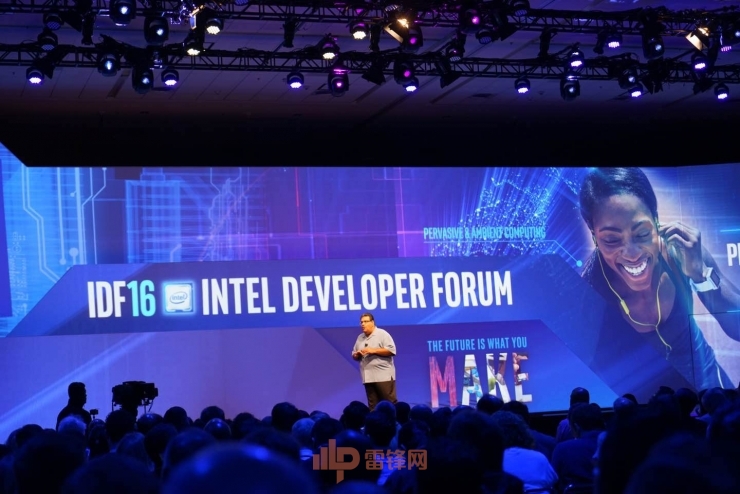
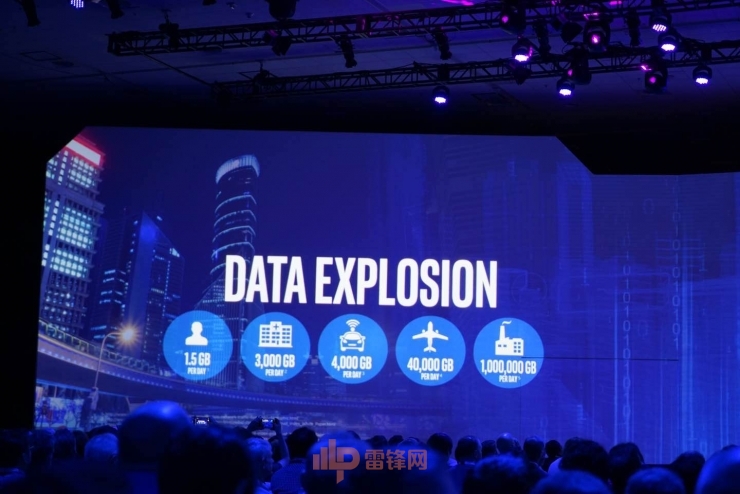
Ren Muxin stated that we are in an era of data, and every day we produce a large amount of data exchange through a variety of devices. He combined with PPT to show that one person produces about 1.5GB of data exchange a day, while an Internet car (with driverless capabilities) generates 4TB of data a day, and a networking factory is 1,000,000GB/day. This data is amazingly large. At the same time, he also used twitch as an example, twitch is a social broadcast platform (similar to domestic betta, panda and other broadcast platforms), and most of their content is based on live games, their data show that every month they have More than 100 million viewers watch their live games, and the number of anchors playing live games each month is approximately 1.7 million.
The speech once again mentioned that "by 2020, the world will have about 50 billion connected devices" (IDF also mentioned this data on the first day of the speech). Intel believes that the value of data can not be ignored, the data from the collection, exchange, processing, around every aspect of the data there is value. The value of data is getting higher and higher, and most of the data is just collected and not used in the right place. Artificial intelligence can make effective use of this data. When we use artificial intelligence to use data analysis to make these data produce value, quantitative changes will lead to qualitative changes, and society will change. This is why artificial intelligence makes Intel excited. .

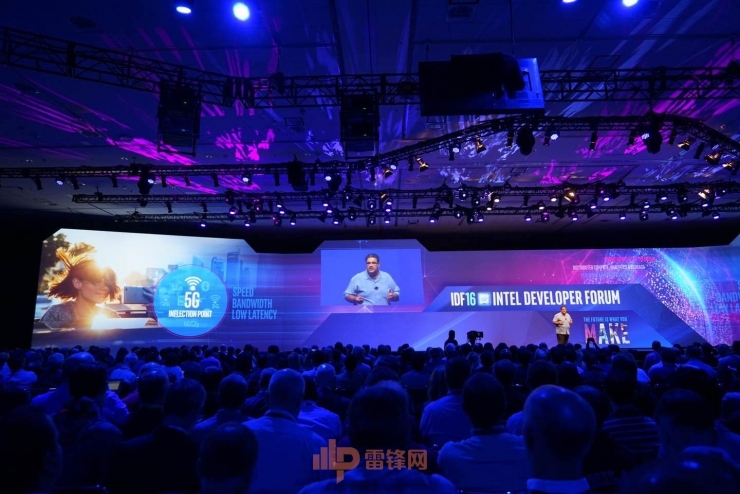

The evolution of the technology needed for a truly smart connected world will have three major characteristics :
1. Calculations will be ubiquitous, and by 2020, it is expected that more than 50 billion devices will be interconnected.
2. Distribute calculations, analysis, and storage in the network structure, transforming interconnections and data into meaningful and complete perceptions.
3, through the network and the cloud, the ubiquitous connection between things and things.
And 5G technology is the foundation of these, Intel can support 5G end to end through the solution (from the equipment to the network and cloud) ,And support the new brand with the cross industry leading manufacturer (from equipment manufacturer to network operator) In-depth cooperation. AT&T, docomo, and current are Intel's deep partners.
The AT&T SVP came to power and introduced the transition of network and service delivery. AT&T has begun to use servers, cloud and virtualization technologies, and by further working with Intel, it continues to accelerate the development and deployment of new services and realizing cash in the cloud and throughout the infrastructure, laying the groundwork for delivering the next generation of cutting-edge capabilities.

Intel Executive Vice President and General Manager of the Data Center Division
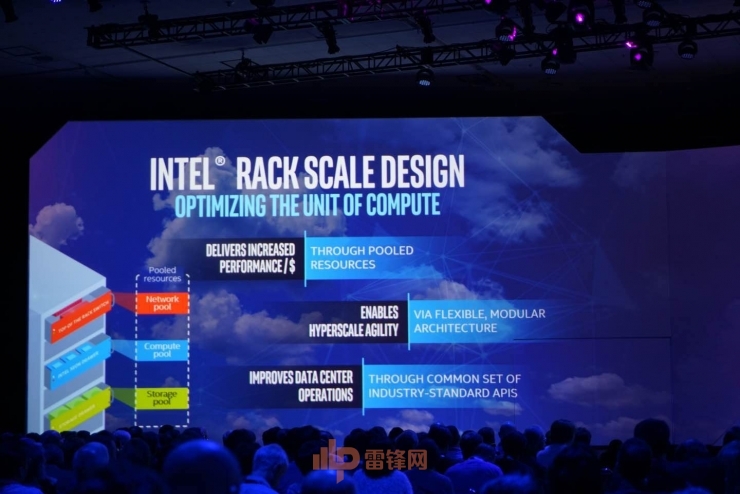
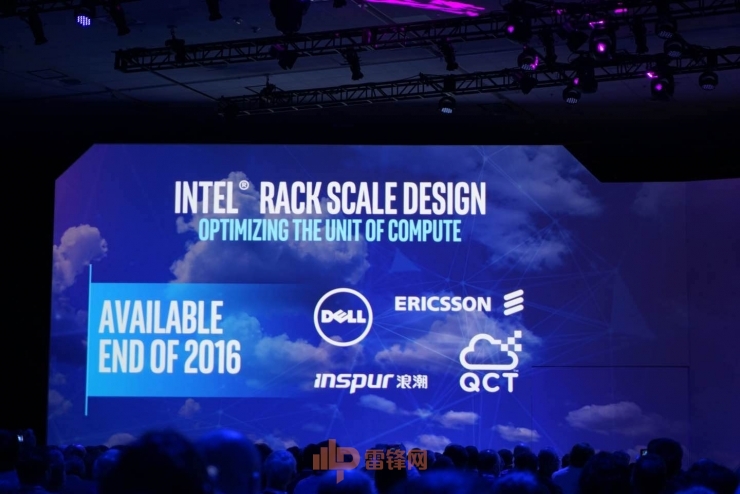
The increase in networked devices means that the demand for cloud computing has increased, and the data generated by billions of connected devices has required powerful cloud computing for data processing. Public cloud, private cloud, hybrid cloud, how to improve the efficiency of cloud computing is Intel's concern.
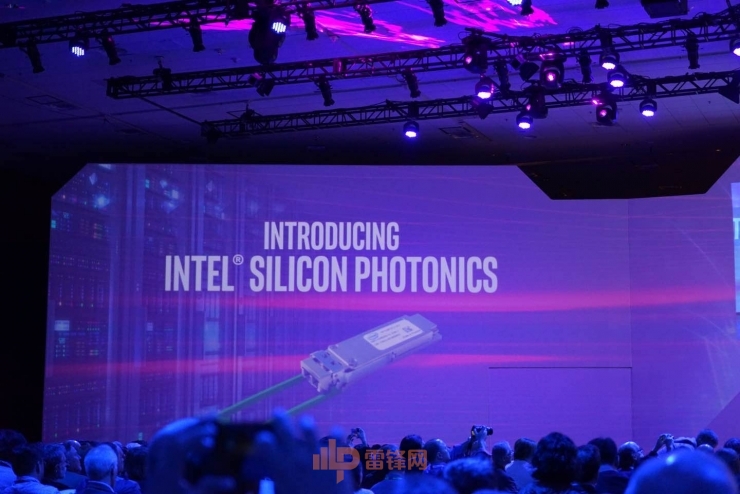
First Intel Silicon Photonics 100G Optical Transceiver
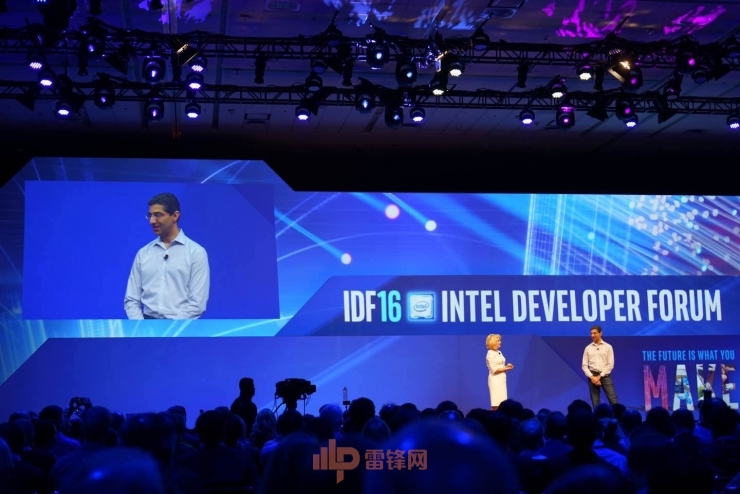
In the cloud data centers around the world, the demand for connections is increasing rapidly. Traffic between machines in the data center doubles every 12 months. The network has been unable to keep pace with the growth of data, computing, and storage performance. In order to break through the bandwidth limitations, cloud service providers are seeking higher speed connections than copper lines, and by lowering they can get the most economical technology and implementation. This is where Intel Silicon Photonics can revolutionize the data center.
Silicon photoelectronics merged two of the most important inventions of the 20th century: silicon integrated circuits and semiconductor lasers. Through this integration, the light is integrated into the Intel chip platform, making full use of the bandwidth and distance advantages of the fiber connection in terms of silicon size and technical functions. The key development of the commercial use of silicon optoelectronic 100G optical transceivers will enable leading cloud service providers such as Microsoft, Amazon, Baidu, Alibaba and Tencent to harness the power of light and thousands of kilometers of fiber optic cables using optical signals. In addition, a large amount of information is transmitted at a speed of 100 Gbps.


When it comes to artificial intelligence, Intel has always believed that its three directions are: perception, learning, and interaction. The early stage of artificial intelligence lies in machine learning . At the same time, machine learning is the fastest growing field in artificial intelligence. It is an important calculation method for expanding the application and development of artificial intelligence. At the heart of machine learning is the use of computer algorithms to make predictions based on data, allowing the machine to act or think, performing specific functions without explicit instructions.
Deep learning is the branch of machine learning and is a new and fast-growing area. Deep learning uses neural networks to understand more complex unstructured data and has made breakthroughs in such areas as image recognition, speech recognition, natural language processing, and other complex tasks.
Intel provides a consistent programming model and common architecture for high-performance computing, data analysis, and machine learning workloads for rapid learning and response, and reduced training machine models.
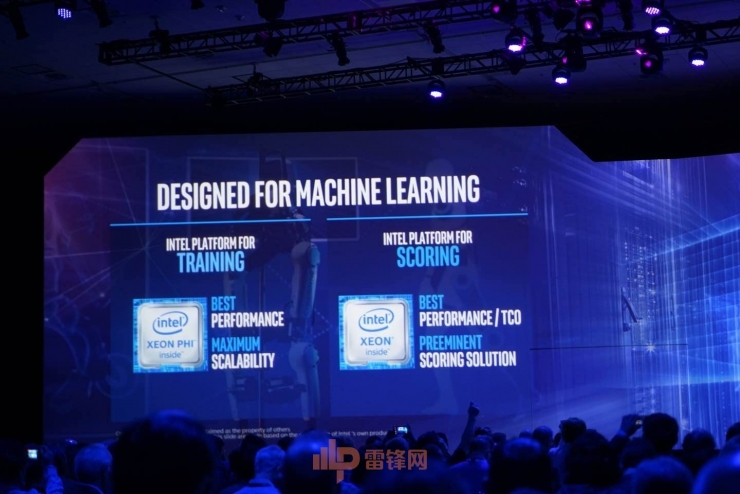

Baidu will use Intel Xeon Phi processor to run its natural language processing service Deep Speech
Finally, Intel released their new-generation Xeon Phi processor, codenamed Knights Mill. The Xeon Phi-Core series has always been used as a large-scale data calculation and cloud acceleration. Knights Mill has optimized the horizontal expansion analysis function and will include key enhancements for deep learning training.
Previously, Intel acquired Nervana Systems, an acknowledged leader in deep learning, and its advantages in silicon technology will strengthen the Intel artificial intelligence product portfolio and enhance the performance and total cost of Intel Xeon Phi processor in deep learning.
Intel believes that Xeon Phi processors allow data scientists to train complex machine algorithms faster than GPUs and run more extensive workloads than GPUs. In a 32-node infrastructure, the Intel Xeon Phi processor family provides 1.38 times the scalability of the GPU.
Written at the end:
Whether it is artificial intelligence, 5G, cloud, or the Internet of Things, Intel hopes that they will be able to deeply intervene in these areas that will become the focus of the future. If they do not grasp these areas, they will pass the future. Fortunately, Intel has been doing the behind-the-scenes work in the industry. When we watch video and internet, the services provided by network service providers are based on data and cloud-based. The data and cloud are behind Intel hardware and software. Technical Support. However, in these areas, Intel still faces many challenges, from ARM and from Nvidia.